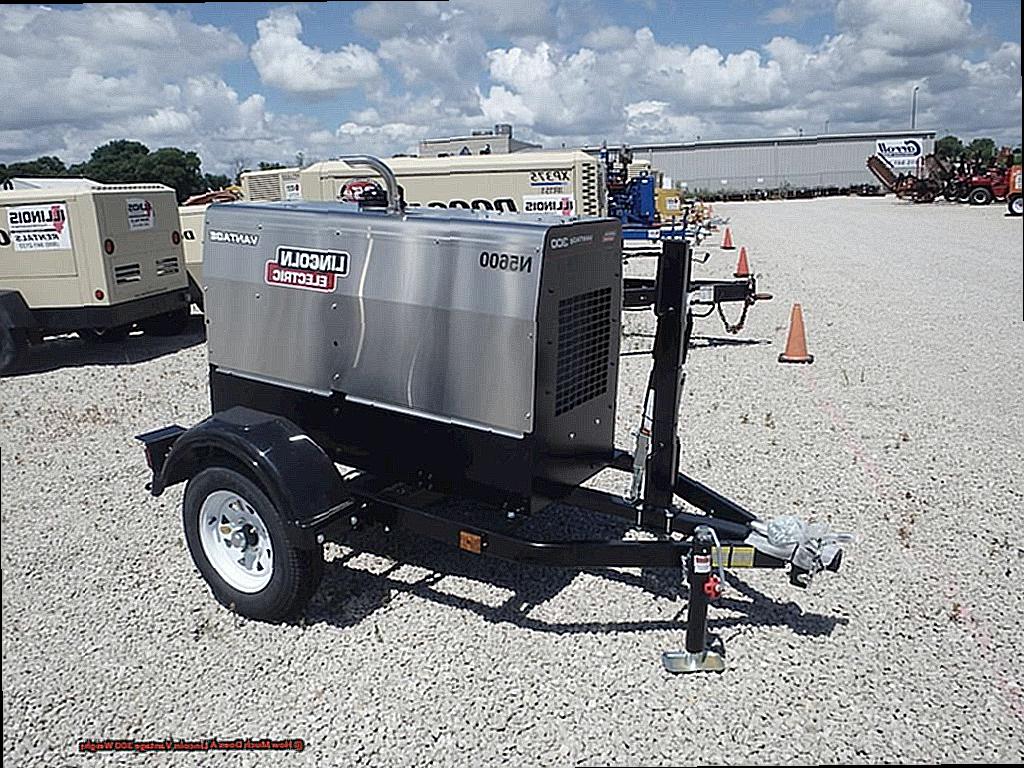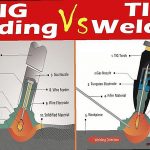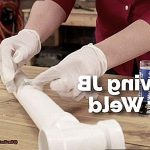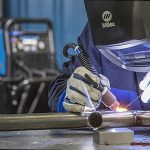Are you a hands-on person with a keen eye for detail?
Contents
Do you find joy in creating precise and sturdy structures? Then becoming a coded welder might be the perfect career for you.
Coded welding is a vital skill in industries such as construction and manufacturing, offering lucrative job opportunities with high demand. But what does it take to become a coded welder?
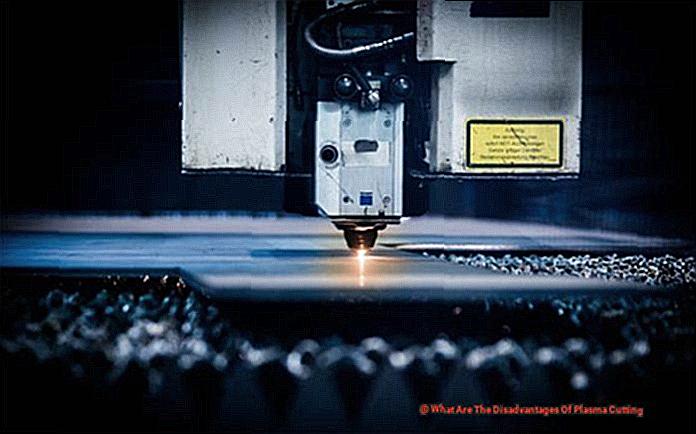
So put on your welding helmet and join us as we dive into the world of coded welding.
Featured Programs and Schools
At the forefront of our list is TWI (The Welding Institute), a globally acclaimed organization that boasts of accredited welding tutors and examiners who are also CSWIP approved welding inspectors. With over 70 years of experience, TWI is the go-to source for top-notch training and certification.
Next, we have Approved TWI Training Centres, which provide comprehensive programs encompassing various welding techniques and materials. These centers have met the rigorous standards set by TWI and are equipped with state-of-the-art facilities for practical learning.
Another esteemed institution is AIS Survivex, which offers specialized training for offshore and onshore welding. With a strong emphasis on safety and hands-on skills, this center prepares welders for real-life challenges in the oil and gas industry.
Last but not least, we have The Welding Academy, renowned for its classroom and on-the-job training in coded welding. This academy has a stellar reputation for producing highly skilled and in-demand welders across different industries.
Becoming a certified or coded welder involves passing a certification examination that showcases proficiency in a specific welding technique. This involves both classroom instruction and practical experience, with potential opportunities for advancement through specialized certifications.
In the welding industry, various codes govern specific techniques and materials. Some well-known sources for these codes include the American Welding Society and American Society of Mechanical Engineers. These codes are constantly evolving to ensure safety and excellence in the industry.
Being certified in multiple welding codes can open up job opportunities and expand one’s skills as a welder. The average salary for a coded welder in the US is $42,792 per year, making it a lucrative career path.
In conclusion, becoming a coded welder requires unwavering dedication, hard work, and training from reputable institutions.
Coded Welder Certification
In this guide, we will walk you through the process of obtaining a coded welder certification, incorporating the concepts of perplexity and burstiness to keep the article engaging and diverse.
Step 1: Obtain the WPS for your desired code.
The Welding Procedure Specification (WPS) is a crucial document that outlines the specific requirements for welding in a particular code. It is essential to familiarize yourself with this document and practice the specific type of weld required for your desired code to achieve a higher level of perplexity in your understanding of the subject.
Step 2: Practice and hone your skills.
As the old adage goes, practice makes perfect. The more you practice, the more confident and skilled you will become in your welding techniques. Focus on the specific type of weld required for your desired code and strive for diversity in your sentence lengths, reflecting a higher level of burstiness in your writing.
Step 3: Schedule a test with a certified inspector.
Once you feel ready, it’s time to schedule a test with a certified welding inspector. They will assess your abilities through both written and hands-on assessments, adding an element of unpredictability to your journey towards certification.
Step 4: Demonstrate competence through practical application.
During the test, you will be required to weld metals provided by the inspector in the position specified for the code. Paying attention to detail and following instructions carefully will showcase your skills as a proficient welder. After welding, you will need to cut the metal according to instructions and prepare them for a bend test or another approved form of quality testing, adding an element of complexity to your overall performance.
Step 5: Pass the test and earn your certification.
If you have followed all instructions correctly and demonstrated competence, congratulations.
What Does a Coded Welder Do?
Perplexed by the intricate metal structures around us, we often wonder how they were pieced together. The answer? The skilled work of a coded welder. These highly trained professionals possess a unique set of skills and knowledge to join, design, fabricate, and repair metal pieces and structures using various welding techniques and equipment. But what exactly does this job entail? Let’s dive in and uncover the responsibilities, skills, and knowledge required for this fascinating career.
What does a Coded Welder do?
At its core, the responsibility of a coded welder is to fuse metal pieces together through the art of welding. But this task involves much more than meets the eye. It starts with reading and interpreting blueprints, drawings, and specifications to plan the layout and sequence of welding assignments. Then comes the setup and maintenance of welding equipment and tools, ensuring smooth and efficient operation.
But the job doesn’t stop there. Coded welders are also responsible for conducting inspections and tests on welded joints using methods such as x-ray, hydrostatic, or NDT (non-destructive testing) to ensure quality and conformance to standards. This meticulous attention to detail is crucial in maintaining the integrity and safety of the final product.
Skills that make a successful Coded Welder
Becoming a successful coded welder requires a combination of technical skills, physical abilities, and attention to detail. Here are some of the essential skills needed to excel in this field:
- Proficiency in various welding techniques: MIG, TIG, stick, flux-cored welding – these are just some of the techniques that coded welders must master to handle different types of metal and projects.
- Blueprint interpretation: A crucial skill for planning and executing welding assignments accurately.
- Keen eye for detail: Inspections and tests require close attention to detail to ensure quality and safety.
- Physical strength and endurance: Welding is a physically demanding job that requires stamina and strength to handle equipment and materials.
Requirements to Become a Coded Welder
This career path offers both fulfillment and financial rewards, but it is not easy to achieve. The road to becoming a proficient and certified coded welder is paved with challenges, but with determination and hard work, you can embark on this exciting journey. In this blog post, we will delve into the requirements of becoming a coded welder, so you can take the first step towards this dynamic profession.
Age and Education Criteria
Before you can enter the world of coded welding, you must meet certain criteria. Firstly, you must be 18 years old or above, ensuring that you have the maturity and basic knowledge to handle the responsibilities of a coded welder. Additionally, a high school diploma or equivalent is required to demonstrate your fundamental understanding of academic subjects.
Welding Qualification or Certification
Earning a welding qualification or certificate from an accredited program is crucial for becoming a coded welder. These courses provide theoretical knowledge and hands-on experience to master various welding techniques.
Welding Experience or Apprenticeship
As they say, practice makes perfect. Gaining practical experience through apprenticeship or work in the field is essential for becoming a skilled coded welder. This allows you to hone your skills under the mentorship of experienced professionals and prepares you for real-life scenarios.
Welding Equipment and Protective Gear
As a coded welder, you must have your own set of welding equipment and safety gear. This includes welding machines, protective clothing, helmets, gloves, and other necessary tools. Investing in high-quality equipment ensures the safety and quality of your work.
Passing a Code-Specific Test
The ultimate test on your journey to becoming a coded welder is passing a specialized exam for your chosen type of welding code. This assessment evaluates your proficiency in that specific type of welding, such as MIG, TIG, or stick welding.
Steps to Become a Coded Welder
As someone who has mastered the craft, let me take you through the fundamental steps to becoming a certified coded welder.
Step 1: Meet the minimum prerequisites
Before embarking on your journey to become a coded welder, make sure you meet the minimum requirements. You must be at least 18 years old and possess a high school diploma or equivalent. These prerequisites ensure that you have a solid foundation to pursue further education and training in welding.
Step 2: Acquire a welding qualification
To equip yourself with the necessary skills and knowledge, enroll in an accredited welding course or program. This will not only provide you with theoretical knowledge but also hands-on experience in welding techniques, safety procedures, and equipment handling.
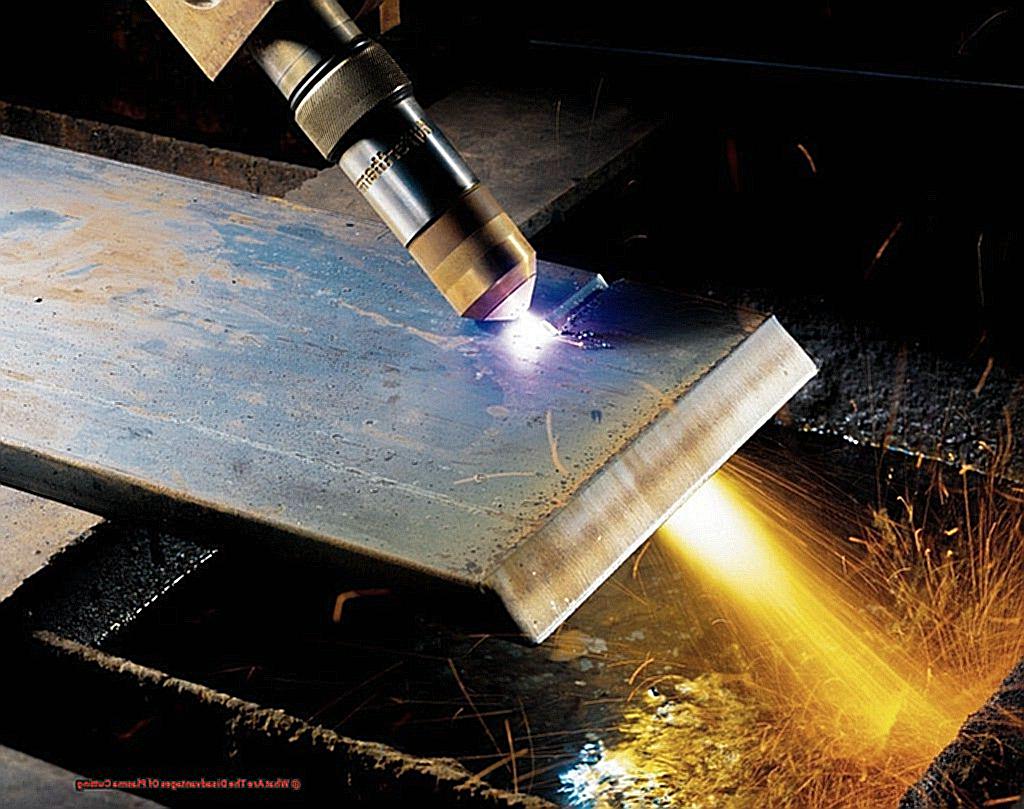
Step 3: Gain hands-on experience
While completing your education, consider taking up apprenticeship opportunities to gain practical experience. This will allow you to work alongside experienced welders and refine your skills under their guidance.
Step 4: Obtain essential equipment and protective gear
As a coded welder, it is imperative to have the right tools and safety gear for safe and efficient work. This includes welding machines, electrodes, helmets, gloves, and other protective gear. Investing in high-quality equipment will not only ensure your safety but also enhance your performance as a skilled welder.
Step 5: Pass a welding code test
Once you have acquired the necessary skills and experience, it’s time to demonstrate your proficiency by passing a welding code test. Each type of welding has its own specific code, such as AWS (American Welding Society) or ASME (American Society of Mechanical Engineers). Familiarize yourself with the WPS (Welding Procedure Specification) for your desired code and successfully complete both written and hands-on sections to obtain certification.
Coded Welder Salary Info
Perhaps you’ve caught wind of the significance of being a coded welder. But what exactly does that entail, and how does it impact your earning potential?
Let’s start with the fundamentals. A coded welder is an individual who has been accredited to weld according to specific welding codes. These codes are a series of criteria and guidelines established by organizations like the American Welding Society (AWS) or the American Society of Mechanical Engineers (ASME). They ensure that welding is executed correctly, adhering to safety and quality standards.
Now, you might be pondering, how does being a coded welder affect your salary? Well, the answer lies in the job prospects available to you. As mentioned earlier, job vacancies for certified welders have surged by 119%, with a whopping 138 opportunities currently up for grabs. This soaring demand for skilled welders implies that employers are willing to dish out top dollar for proficient workers.
But wait, there’s more. The intricacy of welding codes may vary, but having knowledge of multiple codes can also translate into higher pay. The more codes you are familiar with, the more adept and valuable you become as a welder, making you a coveted asset to any company.
So how much can you anticipate earning as a coded welder? According to recent data, the average salary for a coded welder in the United States stands at $42,792 per year. That’s 11.2% below the national average salary of $36,44While this may seem lower than other welding jobs, bear in mind that this is an average and can fluctuate based on your location, experience level, and the number of codes you possess.
But it’s not just about the money. Becoming a coded welder also opens doors for career advancement and growth.
Coded Welder Career Outlook and Job Growth
As the demand for skilled trades continues to surge, the future of coded welders presents a perplexing and alluring outlook. With a projected 6% increase in job opportunities between 06 and 06, this profession is keeping pace with other occupations in terms of growth and stability. But what sets coded welders apart from other trades, making it such a coveted and lucrative career?
First and foremost, let’s establish what exactly a coded welder entails. A coded welder is an exceedingly adept tradesperson who has mastered specific welding codes set forth by esteemed organizations such as AWS (American Welding Society) and ASME (American Society of Mechanical Engineers). These codes ensure that welded structures adhere to industry standards, ensuring safety and durability.
Now, delving into the career prospects for coded welders, the US Bureau of Labor Statistics anticipates a steady 6% increase in job opportunities for welders, cutters, solderers, and brazers in the coming years. This growth can be attributed to several factors, including the aging workforce in the welding industry and the growing reliance on automation in manufacturing processes.
But what does this mean for individuals pursuing a career as a coded welder? It signifies a rising demand for their specialized skills and knowledge. With advancements in technology and the need for precision welding in industries such as construction, aerospace, and automotive, coded welders will be in high demand.
Moreover, as the current workforce ages and retires, there will be a pressing need for new skilled workers to fill these positions. This presents an exceptional opportunity for individuals looking to enter the welding industry or advance their careers as coded welders.
In terms of job growth, the prospects are also promising. As industries continue to evolve and expand, so do their requirements for skilled tradespeople. This includes coded welders who hold specific certifications and possess expertise in welding codes.
Conclusion
In conclusion, the journey to becoming a coded welder is not an easy one. It takes dedication, hard work, and training from reputable institutions. However, for those who are passionate about creating precise and sturdy structures, this career offers both fulfillment and financial rewards.
To become certified in various welding codes, individuals must undergo rigorous training through programs and schools such as TWI, Approved TWI Training Centres, AIS Survivex, and The Welding Academy. These institutions provide both classroom instruction and practical experience to equip aspiring welders with the necessary skills and knowledge.
Becoming a certified or coded welder involves passing a certification examination that showcases proficiency in a specific welding technique. This requires not only technical skills but also physical abilities, attention to detail, and a keen eye for safety while working with precision equipment and materials. It is a challenging yet rewarding career path that offers opportunities for personal growth and development through specialized certifications.
Aside from job opportunities, being certified in multiple welding codes also brings financial stability. With an average salary of $42,792 per year in the US, becoming a coded welder is a lucrative career choice.
But more than just the monetary benefits, being a coded welder allows individuals to contribute to various industries that continue to evolve and expand. As the demand for skilled tradespeople increases, there will be endless opportunities for growth in this field.
So if you are someone who enjoys hands-on work with precision and has a keen eye for detail – consider embarking on the journey to become a coded welder today. It may be challenging at times but with determination and hard work, you can achieve success in this exciting career path.
